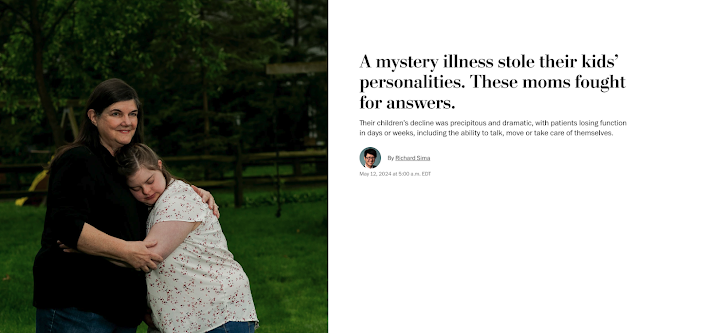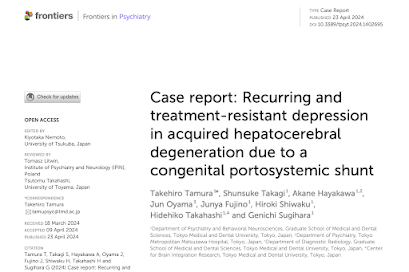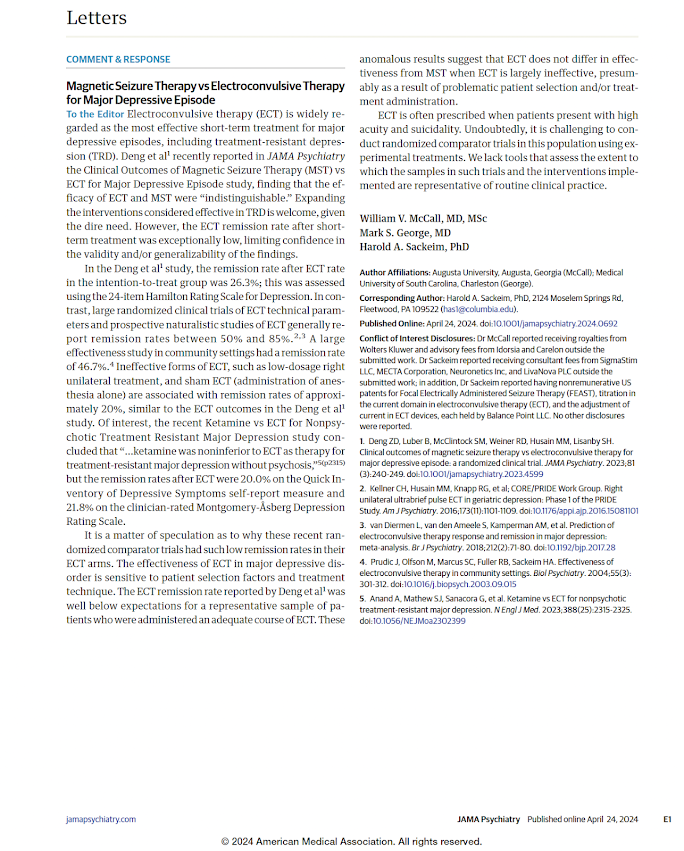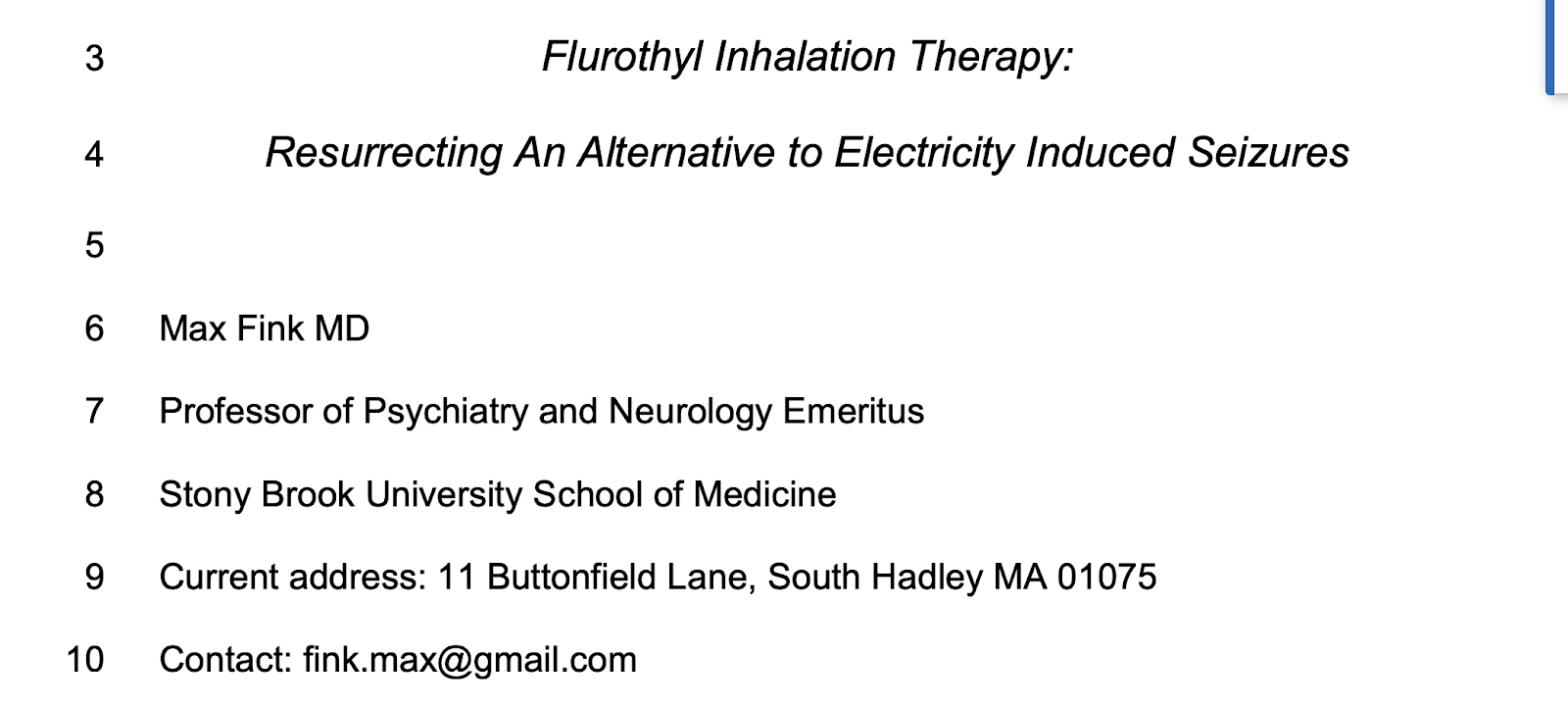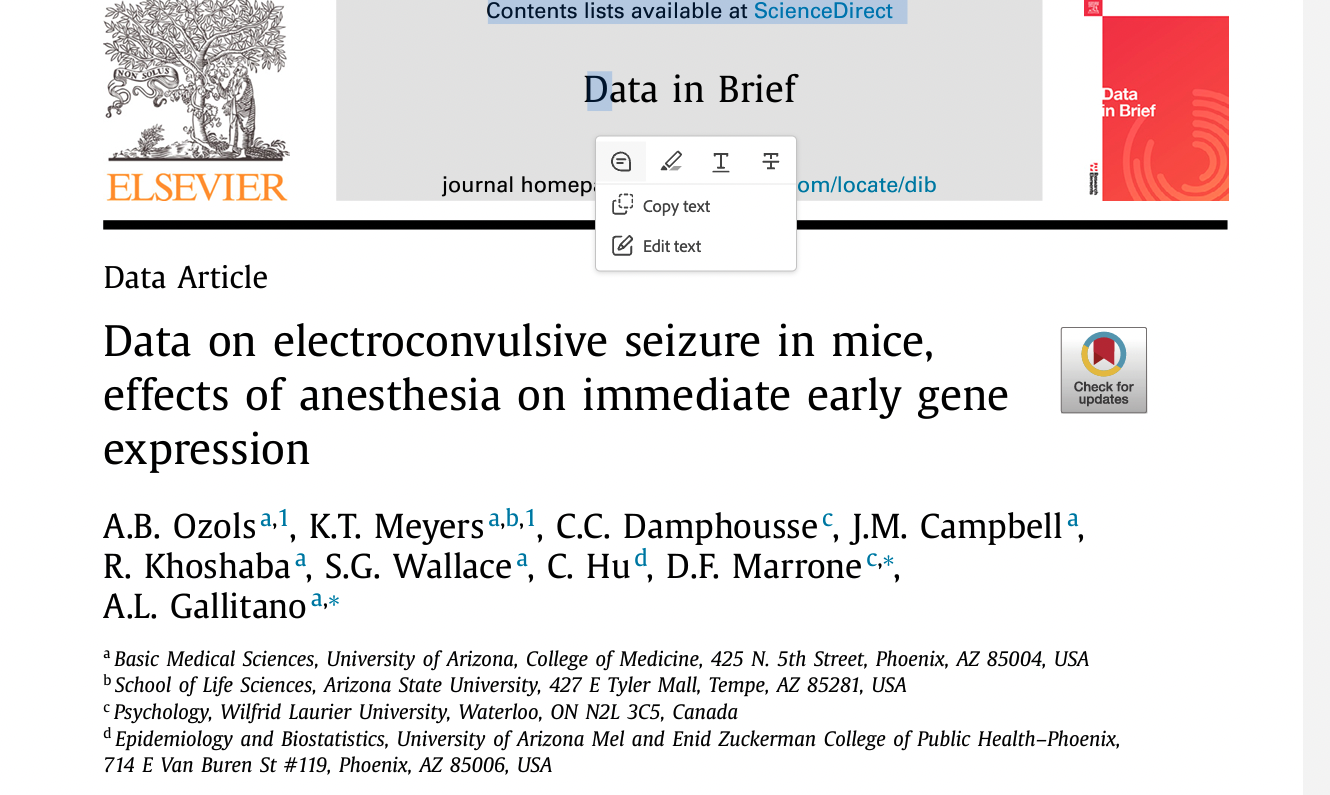NACT Meeting in Riga May 22-24: Here is the Program
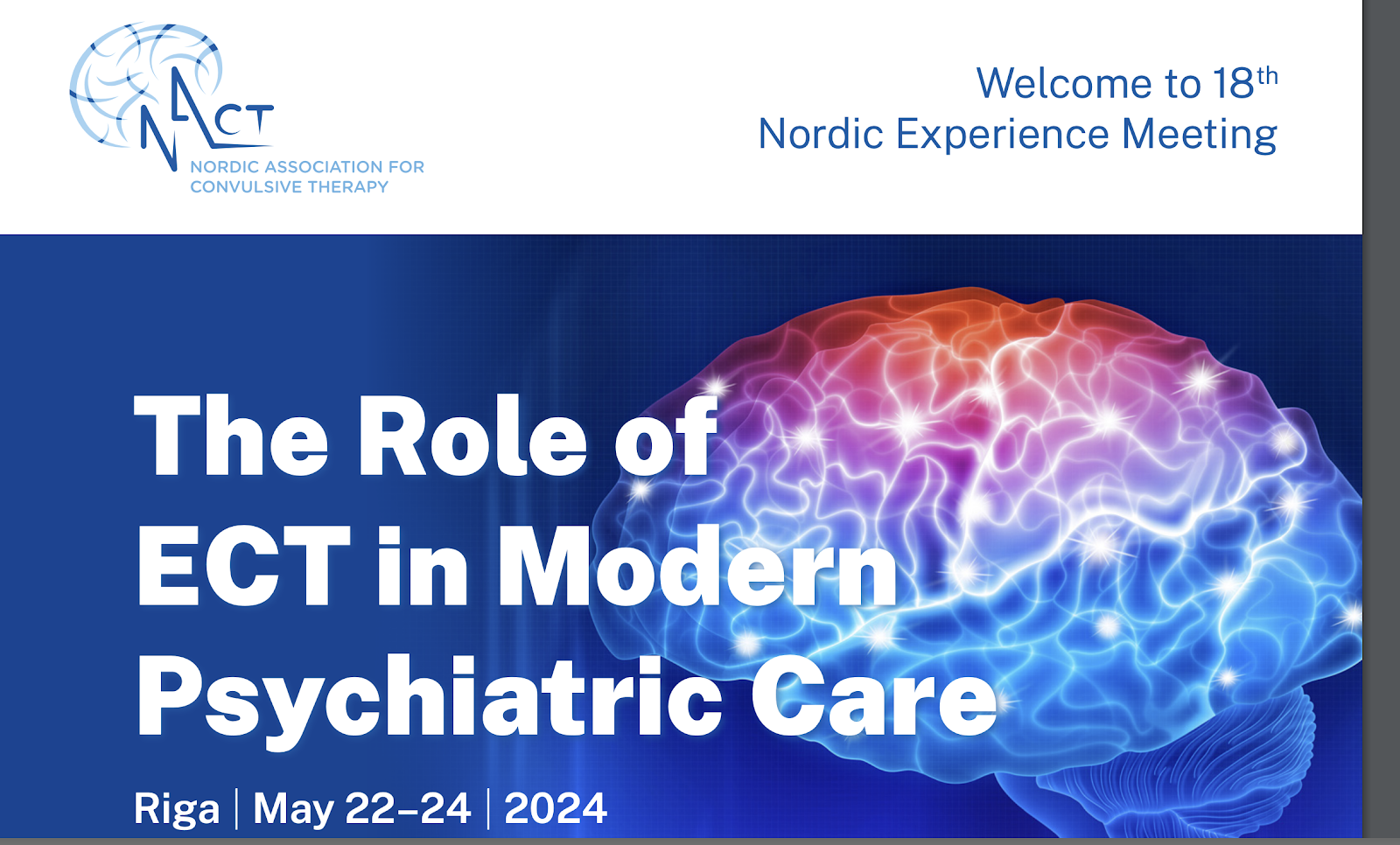
Here is the link to the program: https://nact.se/next-meeting/scientific-programme/ And here is the program: The Nordic Association For Convulsive Therapy (NACT) is one of the biggest ECT societies in the world, and their meetings are among the best. This looks to be an excellent program, as per their usual. I hope to be able to blog about some of these presentations, if the slide sets become available. I encourage all ECT practitioners to consider going to a future NACT meeting in person; I'm sure you would enjoy it and find it very rewarding.

